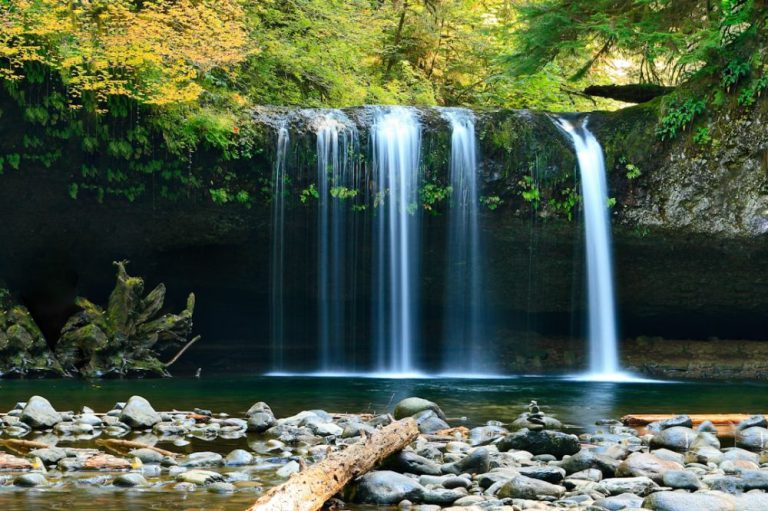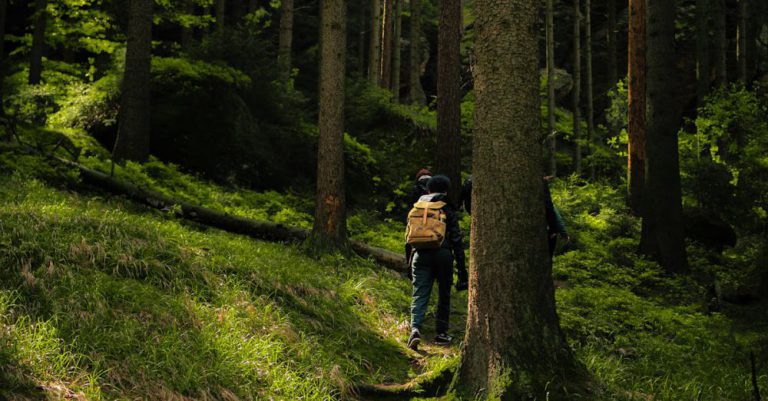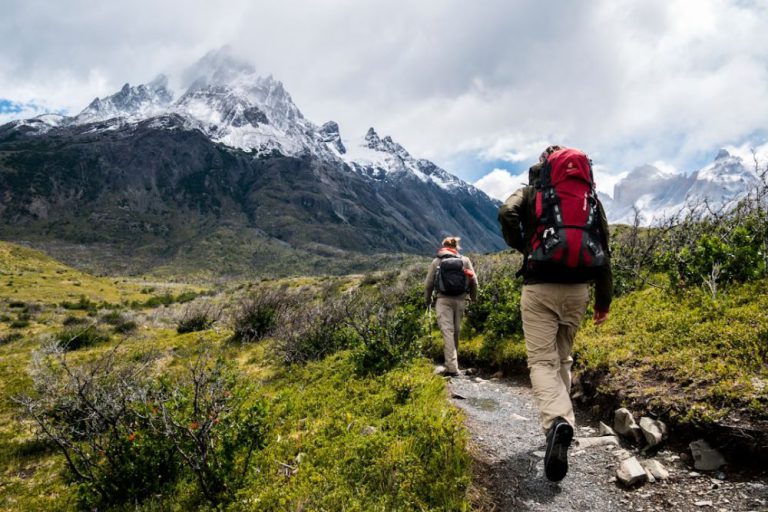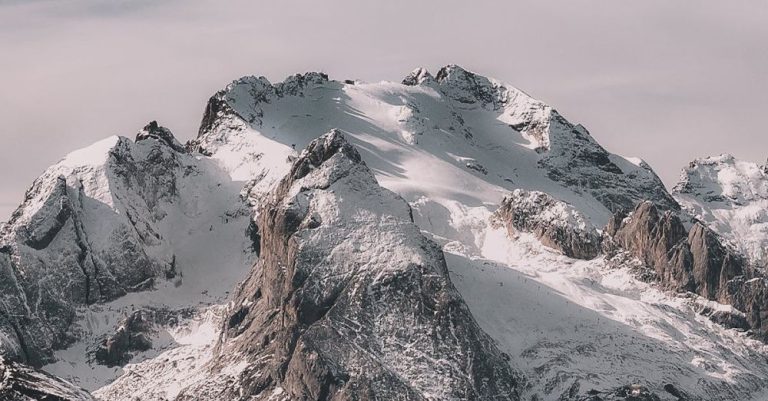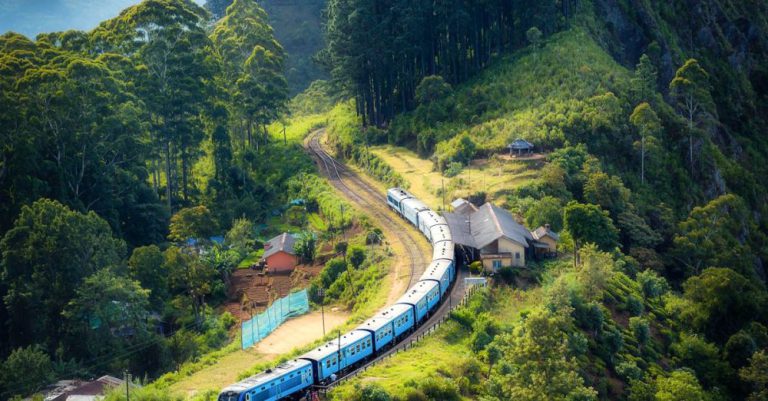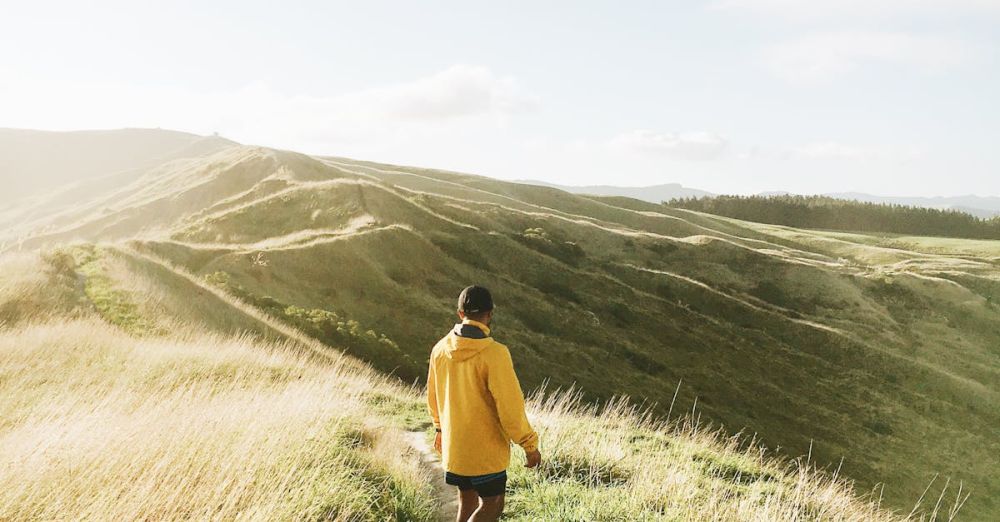
Nestled in the heart of breathtaking landscapes and diverse terrains, New Zealand offers solo hikers an unparalleled opportunity to immerse themselves in nature and embark on unforgettable adventures. Exploring the vast wilderness of this enchanting country alone can be a truly liberating and enriching experience. From towering mountains to pristine beaches, New Zealand’s hiking trails cater to all skill levels and preferences, making it an ideal destination for solo adventurers seeking solitude and serenity. If you are considering embarking on a solo hiking trip in New Zealand, here are some tips to help you make the most of this incredible experience.
Choosing the Right Trail
One of the first steps in planning a solo hiking trip in New Zealand is selecting the right trail that aligns with your skill level, interests, and fitness level. Whether you are a seasoned hiker or a beginner, New Zealand offers a wide range of trails that cater to all levels of experience. From the iconic Milford Track in Fiordland National Park to the Tongariro Alpine Crossing in the North Island, there is no shortage of options to choose from. Researching various trails and understanding their difficulty levels, terrain, and accessibility will help you make an informed decision and ensure a safe and enjoyable hiking experience.
Packing Essentials
Packing the right gear and essentials is crucial when embarking on a solo hiking trip in New Zealand. In addition to the usual hiking gear such as sturdy footwear, weather-appropriate clothing, and a reliable backpack, it is essential to pack navigation tools, such as a map, compass, or GPS device, to help you stay on course. Carrying an adequate supply of water, snacks, first aid kit, and emergency supplies is also essential for your safety and well-being while hiking solo. Additionally, it is advisable to inform someone of your hiking plans, including your intended route and expected return time, as a safety precaution.
Safety Precautions
Solo hiking in remote wilderness areas can pose unique challenges and risks, so it is important to prioritize safety at all times. Before setting out on a solo hiking trip, familiarize yourself with the local weather conditions, trail regulations, and potential hazards in the area. Be prepared for sudden weather changes, wildlife encounters, and navigation challenges by equipping yourself with the necessary skills and knowledge. In case of an emergency, having a fully charged cell phone, a whistle, and a personal locator beacon can be invaluable for signaling for help and alerting authorities to your location.
Embracing Solitude and Mindfulness
Solo hiking in New Zealand offers a rare opportunity for introspection, self-discovery, and reconnecting with nature on a deeper level. Embrace the solitude and tranquility of the wilderness as you immerse yourself in the sights, sounds, and sensations of the natural world around you. Practice mindfulness by focusing on the present moment, breathing in the fresh air, and appreciating the beauty of your surroundings. Take time to pause, reflect, and savor the experience of being alone in the vast expanse of New Zealand’s stunning landscapes.
Connecting with Local Communities
While solo hiking offers a chance to disconnect from the hustle and bustle of everyday life, it also provides an opportunity to connect with local communities and indigenous cultures in New Zealand. Take the time to learn about the rich history, traditions, and customs of the Maori people, the indigenous inhabitants of New Zealand, and engage with local communities along your hiking route. By respecting the land, wildlife, and cultural heritage of New Zealand, you can enrich your hiking experience and forge meaningful connections with the people who call this beautiful country home.

